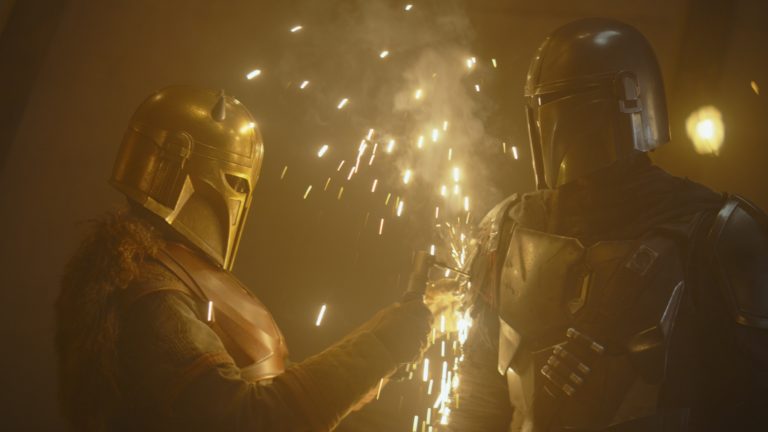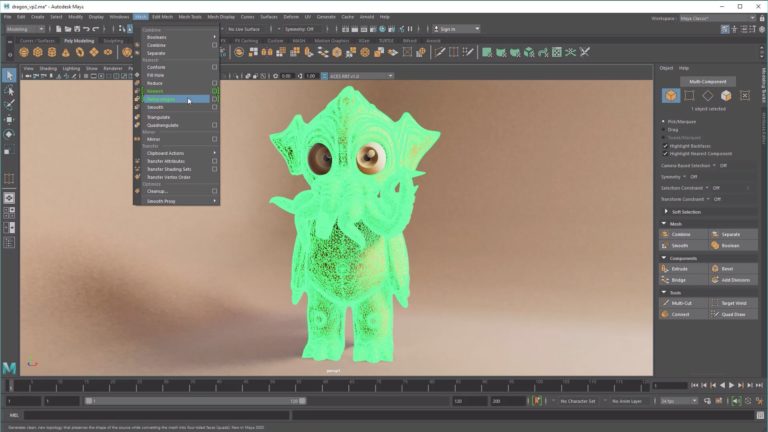Compositing Eases 3D Pipeline for AdFed Ceremony
The pushpins were modeled in Maya. “It’s a relatively simple model with a silvery texture on it,” notes CG artist/animator Sean Hall. “That was a challenge getting that look from shot to shot so the pins had a little bit of a shiny, metallic look to it. That was just a matter of trial and error from shot to shot just to get the lighting right and also trying to match the lighting of what was actually shot.
“The big challenge with the pins is basically their size, and getting them to read,” continues Hall. “Most of the shots you have a full-shot on people so it was difficult to have them look like pins. Usually they just looked like little blobs because they are so small. Basically we did a lot of things where they came close to camera so you could see them close up. We made the pins a little bigger than they would actually be.It was all done in Maya using particle effects. We just built one model of the pin and then that was copied into a particle system that you can control and move along a path.”
Yet as each version of the CG pins was created and passed around Crash & Sue’s for input the consensus was always the same: more pins. But rather than go back into Maya tax the 3D rendering engine with thousands of 3D objects, they added and manipulated more pins, on various layers in the compositing stage, with Flame and After Effects.
“Getting the amount of pins you see on camera was a challenge because that really eats up rendering time when you have thousands of these little pieces of geometry,” says Hall. “A lot of that was done in compositing where we work just bulk up the layers, duplicate things so we could get a lot more pins and a lot more depth without straining the rendering time in 3D.”
In addition to the the CG pins, they added in the billboard in which the pins crash through, replicated a stature in CG which is shattered by the pins and removed some glass for the final shot as well as adding billowing smoke in Flame for when the pins smash through the objects.



Did you enjoy this article? Sign up to receive the StudioDaily Fix eletter containing the latest stories, including news, videos, interviews, reviews and more.










Leave a Reply